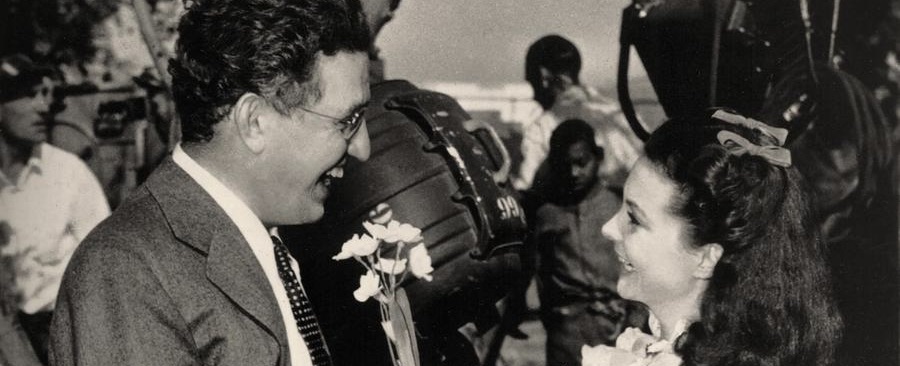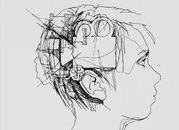Articles
A Note of Introduction
By Matt Connolly

Hand Painted Movie Stills: A Study of the Aesthetics of the Cinematographic Space in Painted Scenography
By Dario Lanza

EXCERPT: “Despite the relevance of its contribution and the frequency with which it has been utilized for the creation of filmic spaces, matte painting has been a practice which very few theoretical or academic research studies have dedicated any attention. This essay aims to fill this void by offering a study of this technique that allows for an assessment of its unique characteristics […] From its position somewhere between filmmaking and painting, matte painting vindicates its potential in cinematographic construction by providing the filmmaker, by means of simulation, with a colossal increase in what can potentially be represented whenever conventional filming finds something difficult, ill-advised or impossible to portray.”
Futures Past and Present: History, Architecture and Dystopia in Brazil (1985) and the Hunger Games series (2012-15)
By Jonathan Stubbs and Marko Kiessel

EXCERPT: The visual aspect of film heightens the presentism of science fiction dystopias, and it is here that architecture plays a role. As we will show in our analysis of Brazil and the Hunger Games series, the production design of the presentist future draws on the ‘dead styles’ of historical architecture, quoting and incorporating them into purpose-built studio sets and models constructed in miniature or rendered in virtual environments. In addition, these films draw directly on architecture in the real world, selecting and reworking built environments to stand in for spaces of the future.
E Pluribus Unum: Toward a Poetics of the TV Anthology
By Pablo Castrillo and Alberto N. García

EXCERPT: “Unlike episodic series and serials, the specificity of the TV anthology is to be found in the diversity of its episodes, which are nevertheless connected by an overarching element of unity (often not very sharply defined) that links them together […] The aim of this article is thus to determine the nature of seriality in a format in which each episode is autonomous and discontinuous from the others, and, if the anthology episode is connected to preceding and succeeding episodes in ways other than narrative accumulation, whether it is individually recognizable as part of a larger whole. In other words, what makes the anthology e pluribus unum, i.e. out of the many (episodes), one (anthology)?”
The Performance of Labor and Downward Mobility in Steven Soderbergh’s Recession Trilogy (2009-2012): The Girlfriend Experience, Haywire, and Magic Mike
By R. Colin Tait
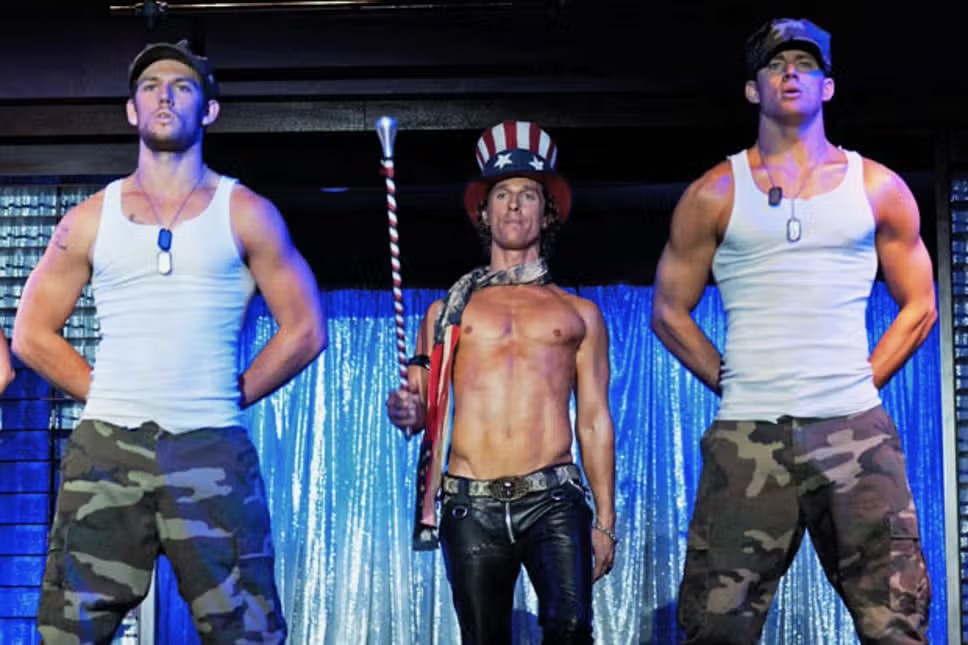
EXCERPT: “Soderbergh’s Recession Trilogy characters make us see the ‘dirty work’ as it takes place even as many in the audience would rather not think about it. Whether related to the sex trade (The GFE, Magic Mike) or the private security contract work (Haywire) that increased in cost and frequency after 9/11, these fields are all inherent to the operations of late capitalism and are populated by workers filling roles that ‘polite society’ rarely has to deal with. They are also, importantly, professions that are first affected by cuts or contraction when times are tight, and the free flow of cash dries up.”
Reshaping Production Practices: European Film Festivals, New Indonesian Cinema, and the Creative Producer
By Thomas Alexander Charles Barker

EXCERPT: “Under the new festival economy, the auteur model of the genius filmmaker cannot be sustained. Rather, it brings to the fore the producer as the missing link in the filmmaker–festival relationship. This is evident in a consideration of the changing fortunes and patterns of engagement for Indonesian filmmakers with European film festivals. It has raised the profile of the producer in Indonesia as a newly reformulated role in the making of a film and the operations of the film industry. A producer like Mieske Taurisia is representative of this new model of engagement and industry personality.”
Walkman Time Machine
By Lisa Wells Jacobson

EXCERPT: “The Walkman/smartphone comparison advances each show’s larger project of providing a view of the present that is doubly refracted: first through the lens of a reimagined past, and second through a fictional narrative. Through an allegorical lens, they offer a means to examine present-day uneasiness about technology without resorting to didacticism or sensationalism. This oblique perspective allows the shows to both warn and admire, sometimes in the same breath. They employ the tools of the televisual trade to push beyond the fatigue brought on by ubiquity and planned obsolescence, recreating instead an experience of the Walkman when it was new and its technological future open-ended. If there is nostalgia for the Walkman in these examples, it is based as much on what the device cannot do as what it can: its lack of networked connection means that no one is listening in, nor is there pressure to maintain contact with the outside world.”
Read Lisa Wells Jacobson’s Short Take “Walkman: Space-Time Machine?” on the blog!
Mediating the Elemental: An Immaterialist Ethics for Ecomaterialist Media Theory
By Ludo de Roo
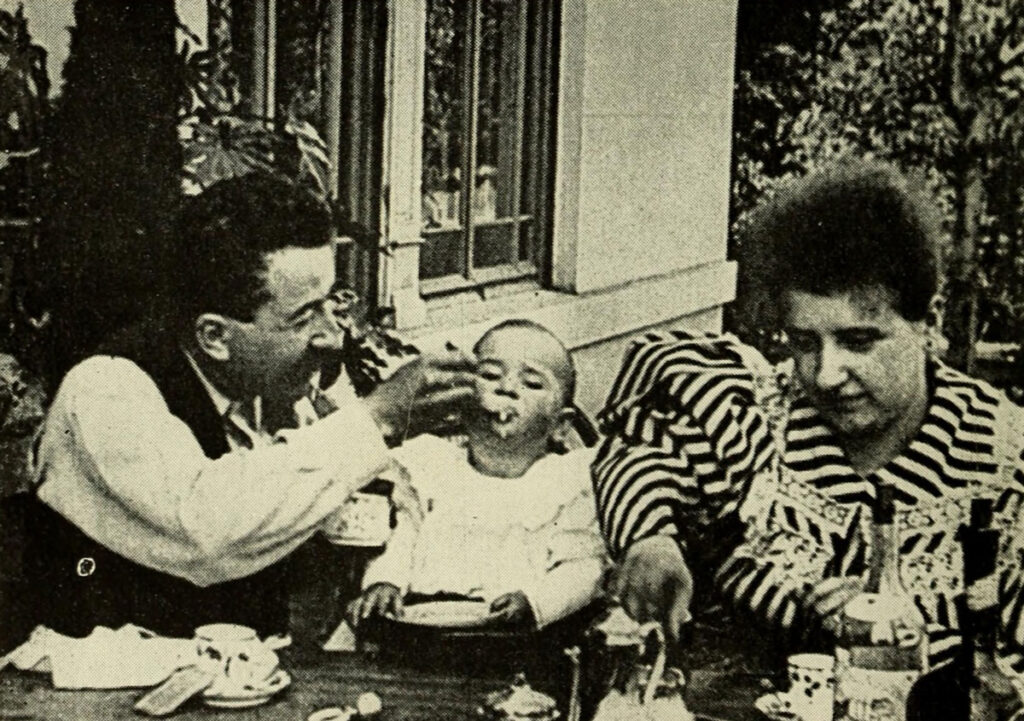
EXCERPT: “In the context of ecomaterialist media studies, I propose an elemental film-philosophy that foregrounds this underlying, elemental quality of mediation and recognizes the special role of these natural elements – both in our immersion with the world of film as well as their potential in the ethico-ecological engagement of the cinematic experience. That is, cinema does not merely mediate the elemental as a narrative-thematic trope (symbol, allegory, metaphor); prior to this, the elemental expression in the moving image also enables an immaterial encounter with the world’s material – and as such, the cinematic expression of the elemental opens us to an existential ethico-ecological sense for the elemental.”
Click here for de Roo’s tie-in roundtable discussion on ecomaterialist theory
Flowers, Concrete, Water: Care and Precarity in Tsai Ming-liang’s I Don’t Want to Sleep Alone (2006) (2023 SCMS Queer & Trans Caucus Chris Holmlund Graduate Student Writing Prize Winner)
By Adin Walker

EXCERPT: “I read Tsai’s meditations of care as steeped in deep longing for lost loves. Ghosts – forever haunting the frame – appear as familiar silhouettes of bedfellows, remaining somewhat alive in the interior and internal cinematic space of the mind […] As we look to cultural production for engaging the ongoing climate crisis and the precarities that flow from it, Tsai offers a position for “the film industry” to take up: we must make time to think deeply, to mourn, to imagine, and to mentally prepare for death. These are painful acts for the mind to endure, but Tsai’s cinema provides the time and the space for us to perform them: not in aloneness, but in relation and, crucially, with care.”
Reviews
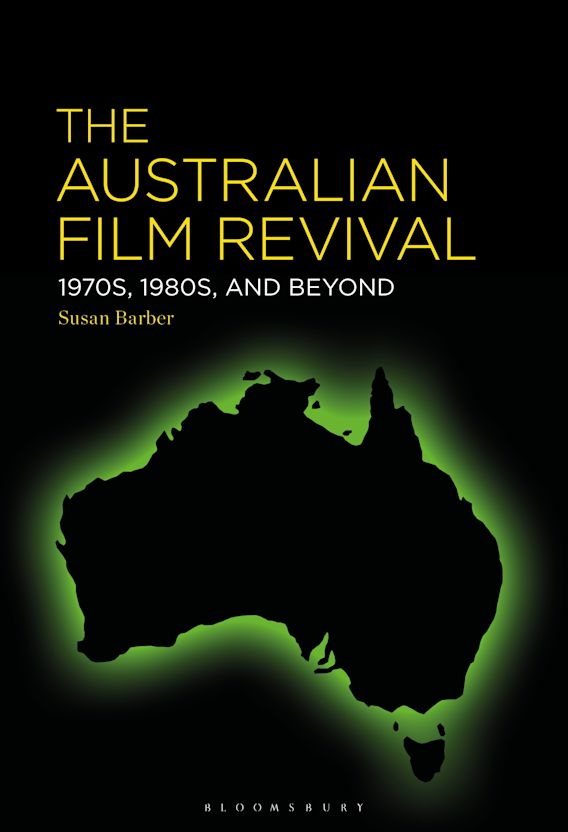
The Australian Film Revival: 1970s, 1980s, and Beyond by Susan Barber, Bloomsbury, 2023
Excerpt: Like her introduction, Barber provides vital context, in great depth, on Indigenous history and culture, as well as present-day context pertaining to the lived experiences of Indigenous Australians. For instance, Barber outlines how the 1960s (just prior to the Australian Film Revival) was a watershed moment for Indigenous Australians: The Electoral Act in 1962 finally granted them the right to vote, and, in 1967, the Constitution was amended for Indigenous Australians to be ‘counted as citizens’ (148). Barber also lays out the different terms for Indigenous Australians (‘Indigenous, Indigenous Australian, Indigenous Australians, Indigenous Australian Peoples, Indigenous Peoples, Aboriginal person, Aboriginal Peoples, Australia’s First Peoples, Australia’s First Nations Peoples’). This terminology anchors her work within the highly diverse people groups across Australia who identify as such (147).
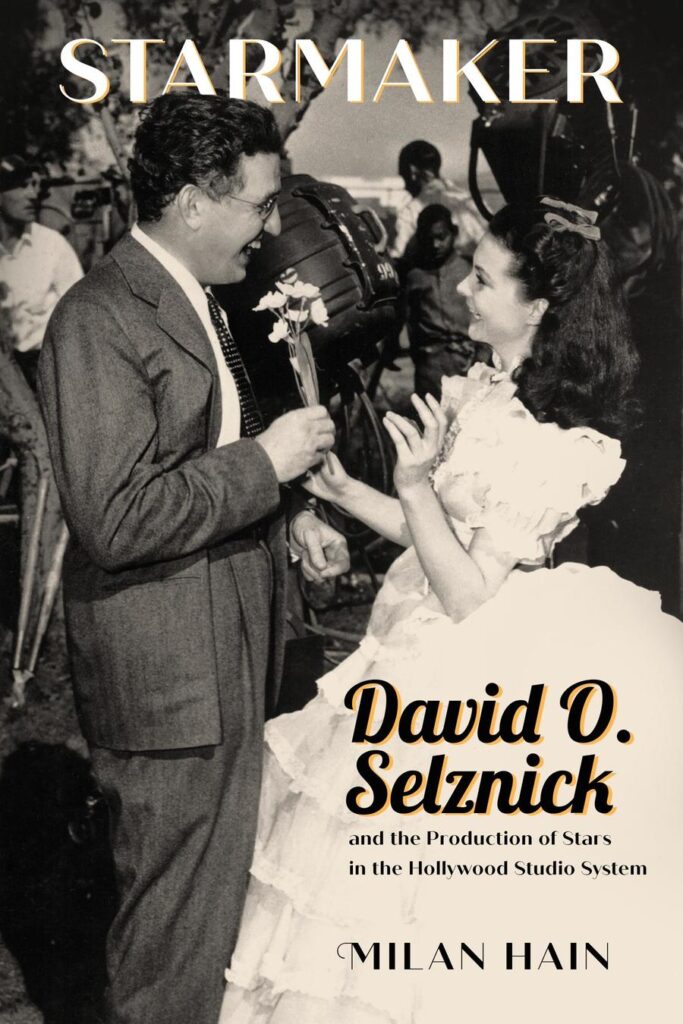
Excerpt: Selznick was nothing shy of a creative visionary; however, such innate talent did not guarantee that the producer was able to navigate the changes Hollywood would undergo during the postwar period nimbly. Hollywood during wartime is a major throughline of Hain’s text, coming to a head in Chapter III: “While They Were Fighting: The Development of Male Stars during World War II.” It wasn’t until 1941 that Selznick began expressing interest in cultivating his roster of male stars rather than relying on freelance actors or those loaned out from other studios (82).
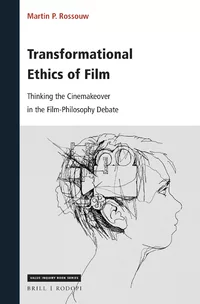
Excerpt: This is the essence of Roussow’s notion of the “cinemakeover”: his semi-ironic labelling for the philosophical project of interpreting film-as-philosophy, or film as a “means to personal transformation” (Roussow, 2021, xii). At once a comprehensive record and a ceaseless meta-critique, Roussow’s Transformational Ethics of Film is a thorough and bittersweet investigation into the aspiration and limits of this strand of film-philosophy scholarship, fleshed out for us via this framework of transformational ethics: “a set of concepts [that] account for the most basic parameters and options available to any given ethic of personal transformation” (61).


